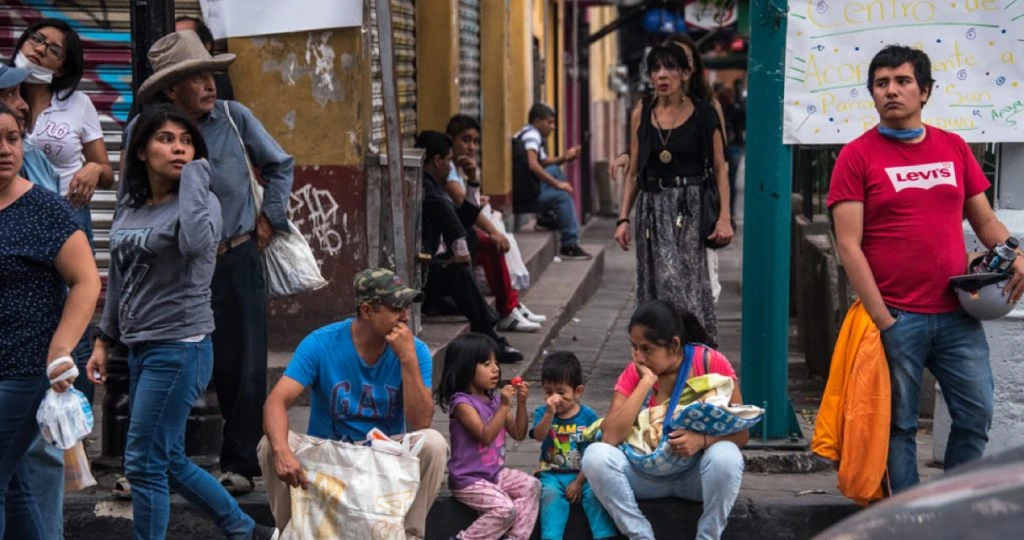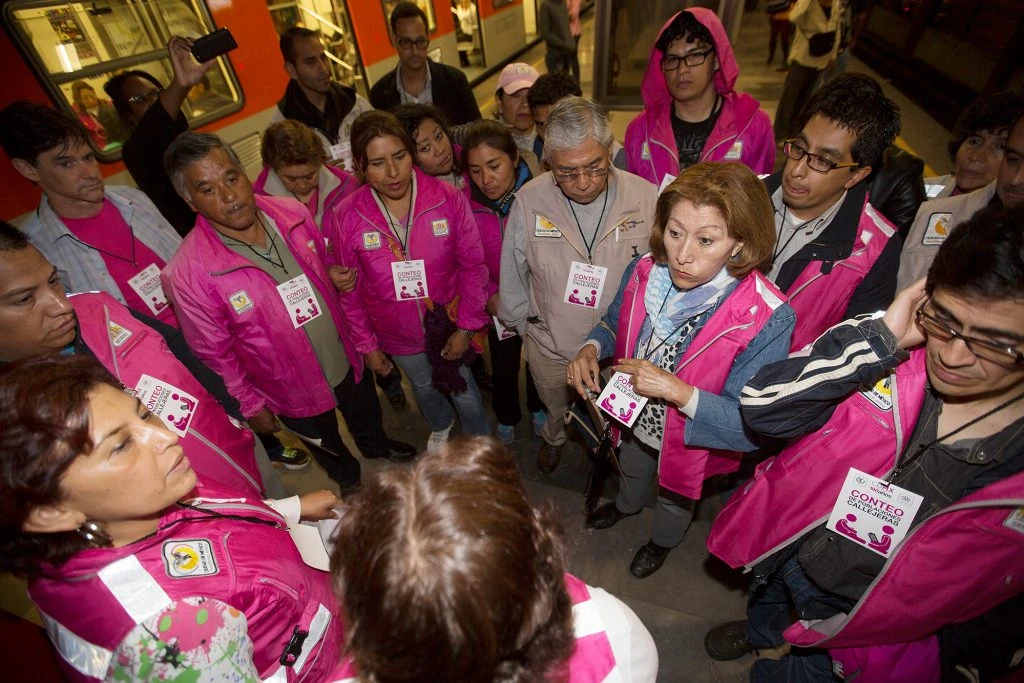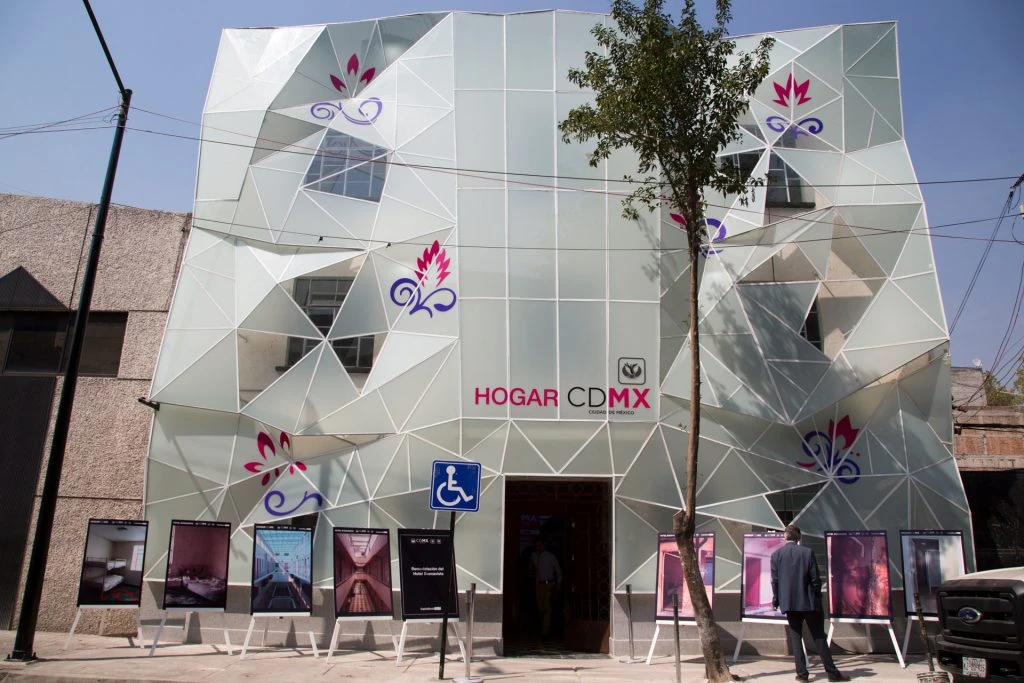Mexico City
Addressing Homelessness in CDMX
Bloomberg Associates partnered with Mayor Miguel Mancera to develop Mexico City’s first comprehensive strategic plan to address street homelessness.
Today begins an unprecedented scheme of public life and in CDMX society that for the first time establishes in an objective and precise public policy scheme to establish the chain of responsibilities in the design, execution, follow-up and evaluation of actions for integral care for people at risk of living on the street, those who are already on the street, and those in the process of social integration.
Dr. José Ramón Amieva, Former Secretary of the Ministry for Social Development, Mexico City
Relevant Expertise
Support Marginalized and Vulnerable Populations
- Homelessness Counts and Interventions
- Substance Abuse, Prevention and Recovery Services
Challenge
Mexico City needed a strategy for how to support and care for its homeless residents and how to better articulate the City’s vision and values around homelessness. Historically, the City had little data about its homeless population, and lacked interagency coordination and support to address this complicated problem. Mexico City tasked Bloomberg Associates with creating the City’s first strategic plan, and coordinating City departments around a series of new, transformative programs.


Approach
To start, Bloomberg Associates and Mexico City conducted the first ever “point-in-time” estimate of street homeless persons in Mexico City in May 2015. This count helped identify the number of persons living on the street and provided a baseline measurement to use as a barometer of effectiveness for program management and accountability.
As a next step, Bloomberg Associates outlined a comprehensive strategic plan with the City’s Secretariat of Social Development. The plan had three areas of focus: (1) Prevention—identifying and preventing individuals and families from moving to the street, (2) Intervention—improving engagement and access to services for persons living on the street, and (3) Social Reintegration—improving the process of transitioning back into society and a living situation of permanence. To ensure commitment to and continuity of the plan, the City passed a local law on June 16, 2016 requiring implementation of its strategy by all city agencies involved. The local law was also formally included within the local Human Rights law of the City, which lent further permanence to the initiative and declared access to housing a basic right. To provide further support, the law included a financial commitment from the City to spend $34 million pesos ($1.8m USD) for the remainder of the calendar year, and budget up to $140 million pesos ($7.5m USD) a year thereafter.
The financial commitment enabled several programs, services, and commitments including:
- Requiring a street homeless count every two years
- Creating the city’s first supportive housing units through the City’s new housing program, “Hogar CDMX”
- Launching a pilot homeless prevention program, “Espacio SI,” a model that prevents homelessness by identifying families at the greatest risk of losing their homes and then connecting them with a caseworker and support services
- Restructuring the management of street outreach
- Creating an employment training program tailored to the street homeless population
Impact
Our work with Mexico City fundamentally changed how the government addresses and combats street homelessness. We created a comprehensive network of programs that serve as a safety net for Mexico City’s most vulnerable residents and established the City as a regional and international leader. Bloomberg Associates’ collaboration with Mexico City is now an example to others, with some Latin American cities asking the City to share its strategy and innovative programs.

Metrics
34K supportive services offered throughout Mexico City
40+ supportive housing units created, each accommodating 80+ people
$8M pesos invested in HogarCMDX, a supportive housing building
470+ households connected to comprehensive prevention services
2 prevention centers opened in the city